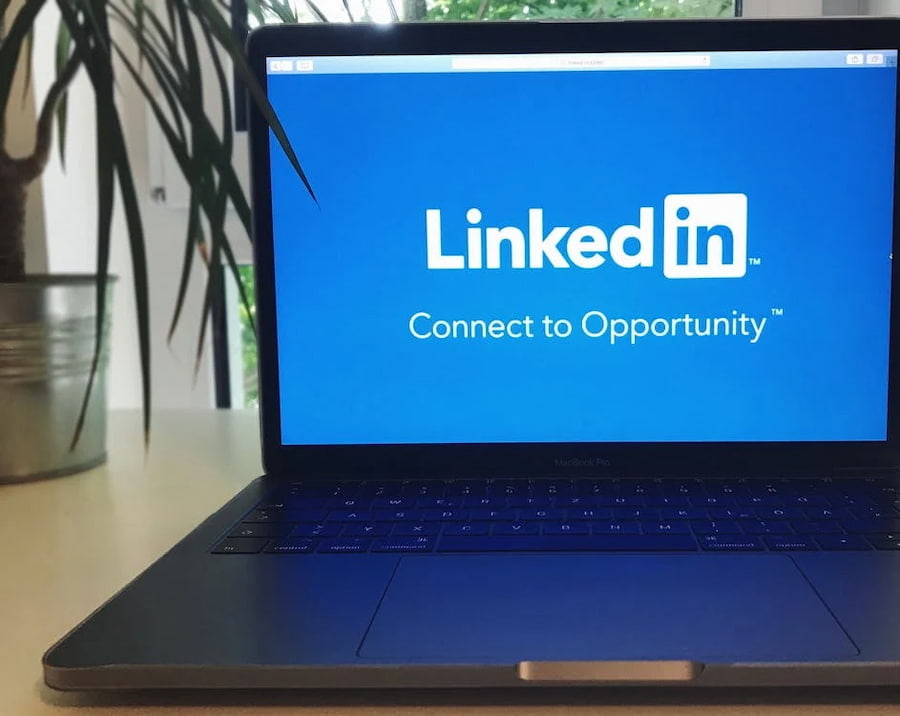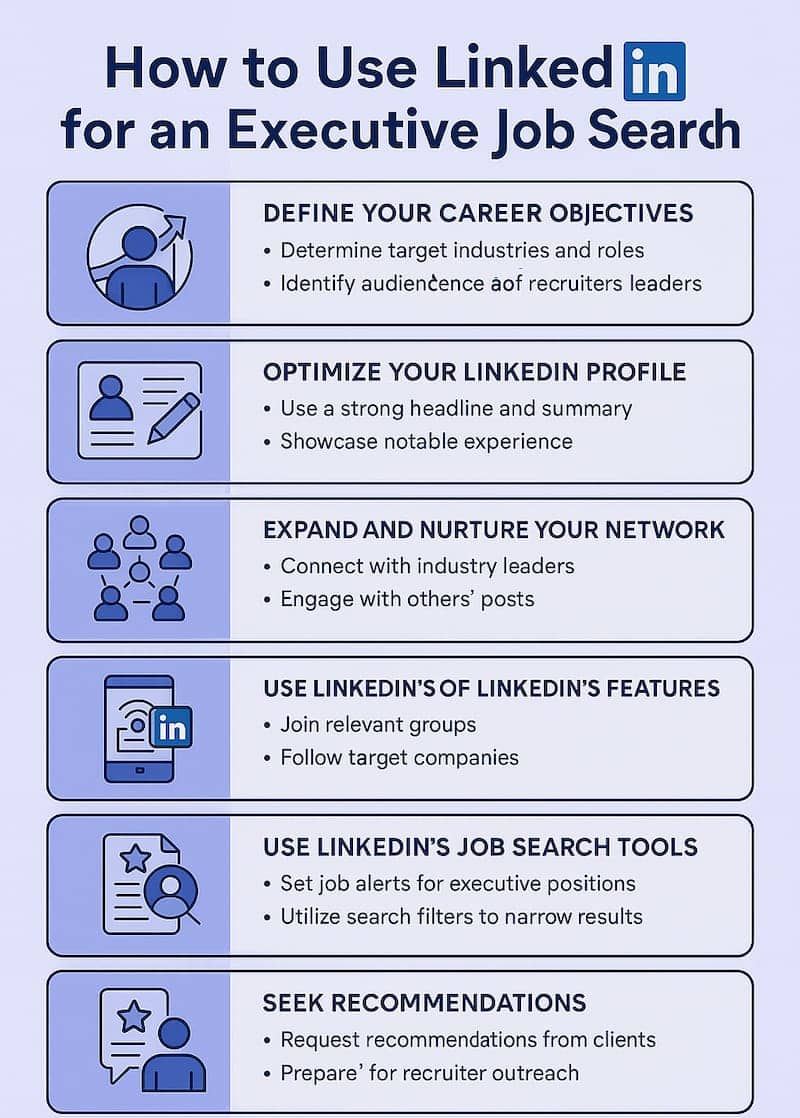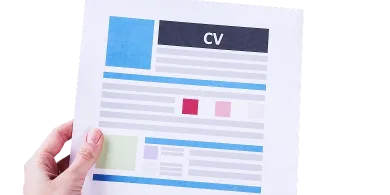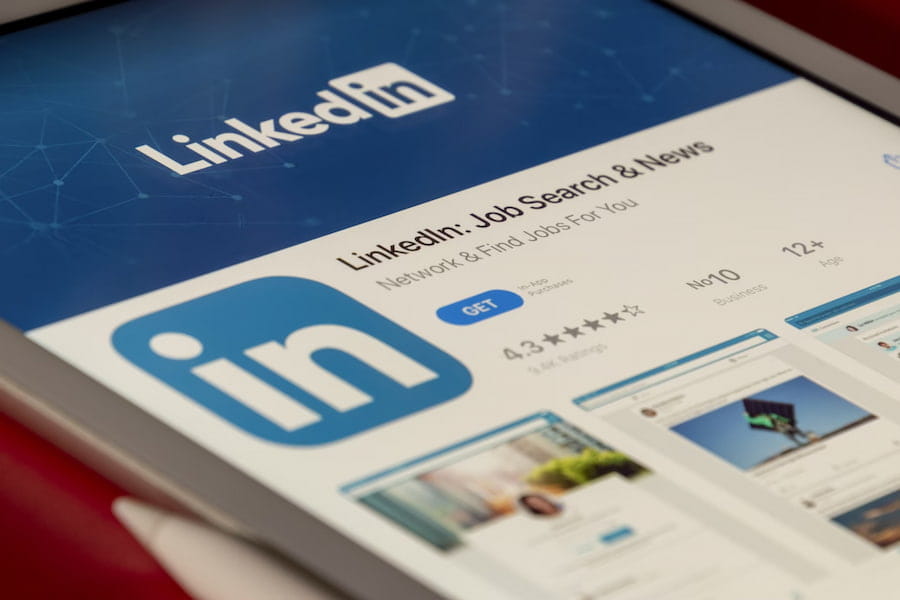Table of contents

Are you using LinkedIn the right way for your job search, or are you just another profile lost in the crowd? Today, we see many executives with impressive careers, but most struggle to stand out online.
Here’s the thing – having a strong resume isn’t enough. Recruiters need to see your expertise, leadership, and value at a glance. That’s why you hire executive CV writers, you should also get Linkedin profile makeover to get the dream job easier and faster.
Using LinkedIn correctly will help you connect with decision-makers, showcase your skills, and attract top opportunities. But that leaves us with one question – how do we use LinkedIn for an executive job search?
In this guide, we’ll walk you through some simple but powerful strategies for optimizing your Linkedin profile, growing your network, and positioning yourself as a top candidate.
Let LinkedIn Work for You!

Before you start, you must clarify what you want by answering specific questions. Firstly, what industries excite you the most? Secondly, what executive roles match your ambitions and skills?
Determining your career objectives is like having a roadmap. They will define how you optimize your profile, network, and job search strategy.
Next, think about who you need to reach. Do they include recruiters, company executives, and industry leaders? Knowing your audience helps you create the right messages and engage with the right people.

To summarize, don’t just update your profile; hope for the best. Be intentional about it by defining your career objectives. Remember, a clear direction makes all the difference when landing your next big role.
Did you know that people with a complete LinkedIn profile are 71% more likely to land a job interview? It should come as no surprise because it’s the first thing your target audience sees.
But to make your LinkedIn profile the best, you must optimize it correctly. Here’s how:
Make your LinkedIn profile a magnet for the right executive opportunities.

There are more than 67 million companies listed on LinkedIn. What does this mean for you? If you expand and nurture your network correctly, many opportunities will come to your doorstep.
To make this happen, you can’t rely on adding connections; you must also build relationships. Let’s show you how:
Start connecting and engaging today.
According to Stefan Smulders, LinkedIn regularly adds new features over time. Some of these features, if used well, are powerful assets that can keep you ahead in your executive job search.
One of them is joining relevant LinkedIn groups where you can discuss with industry leaders, share insights, and stay updated on the latest trends. Being active in such a group can position you as a thought leader.
Another is following target companies to stay informed on company news, leadership changes, and job openings. This feature makes it easier to configure your outreach and be ready when the right opportunity comes along.
Discover new executive opportunities with LinkedIn’s features today!
These features can streamline your executive job search and help you find the right opportunities faster. The thing is, how do you use them? Let’s show you how:
Stay ahead of the competition by optimizing and formatting your LinkedIn profile with job search tools.

You have to be a thought leader if you want to be seen or recognized as one. One of the best ways to do this is by publishing articles where you share your knowledge on leadership, industry trends, or best practices. Doing this will make you more visible and build trust with your network.
As Fran-Bidermann Gross will say, focus on three keys – purpose, value, and story. Make sure you know what you stand for, what beliefs guide you, and your unique narrative.
Recommendations make your LinkedIn profile appear more credible and stand out to hiring managers. So you should always seek to include it. To build a strong profile, you need recommendations from mentors, clients, colleagues, and anyone who can vouch for your expertise, problem-solving abilities, and leadership.
However, people often make the mistake of seeking generic recommendations. The recommendation should be specific and contain key achievements or leadership qualities you’d like to see highlighted.
For example, you can say, “Would you be open to writing a short recommendation about our work together, particularly on [specific project or achievement]? It would help showcase my expertise in [specific skill].”
Get the right recommendations for your profile today
Recruiters always move fast, and being unprepared will make you lose several opportunities. In other words, you should always be ready. Let’s show you how to prepare for recruiter outreach:
You should check your LinkedIn messages regularly and respond to recruiters’ inquiries as quickly as possible. Even if you’re not interested, always respond politely to keep the door open for future opportunities.
If you’re open to new roles, mention your preferred industries, job functions, and locations to the recruiter.
Recruiters often check multiple sources before reaching out. So, you should make sure your professional brand stays the same on your LinkedIn profile, personal website, and other professional platforms.
Make it easy for recruiters to reach you by including an up-to-date email address. Also, make sure your settings allow connection requests from recruiters.
Your LinkedIn profile isn’t some static online resume; it should evolve with your career. In other words, you should regularly update your profile to keep it relevant and signal to recruiters that you’re engaged in your industry.
Constantly update your profile whenever you achieve a significant milestone, take on a new leadership role, or complete a certification program. For example, if you just led a successful merger, don’t just state it plainly; briefly highlight the impact as well.
Here’s a good example – “I spearheaded a $100M acquisition, successfully integrating operations and increasing revenue by 30%.”
Maintaining an active profile on LinkedIn isn’t just about job hunting but building your professional brand.
Your next executive opportunity won’t come from submitting applications but from how you position yourself online. A strong LinkedIn strategy will showcase your leadership skills, expand your network, and attract the right decision-makers to your profile.
To optimize your profile, engage with industry leaders, use LinkedIn’s job search tools, and share valuable insights. In a nutshell, don’t just be present – be active, intentional, and strategic. When you do these, you will turn LinkedIn into a powerful asset for your executive job search.
We urge you to implement these strategies today so the right roles can find you. Who knows? Your next big career move could just be a connection away.